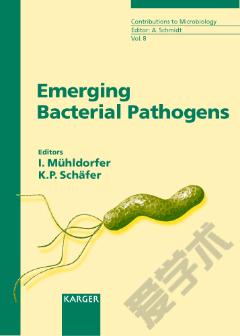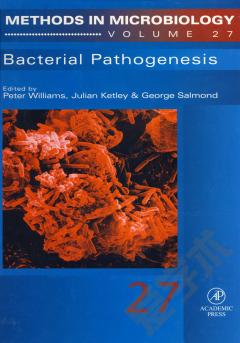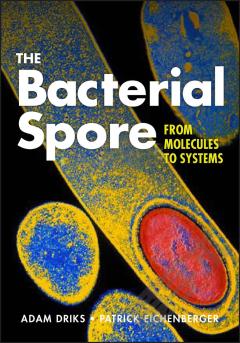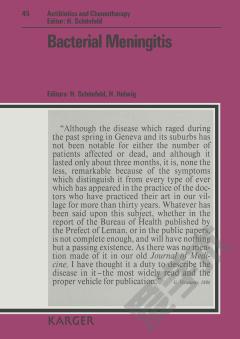Emerging Bacterial Pathogens
One of the greatest public health achievements during the last century was the reduction of infectious diseases due to public sanitation measures, vaccines and antibiotics. However, in recent years, several new infectious diseases have been identified, and since the appearance of the first penicillin-resistant bacteria, ‘old diseases’ have reemerged. Volume 8 of Contributions to Microbiology provides an overview of a great variety of bacterial pathogens representative of those groups and discusses the underlying reasons for disease emergence. The various chapters clearly illustrate how changes in society, technology and the environment result in the appearance or spread of bacterial pathogens. Not only bacterial human pathogens, but also bacterial plant pathogens are an issue and serve as an example of how bacteria can adapt very specifically to a particular host environment. As a consequence of this adaptability, the available antimicrobial drugs have become less effective against many infectious agents; the reasons for this are thoroughly discussed in the book. There is an urgent need for the development of new antibiotics. The volume therefore concludes with a chapter on modern approaches which allow a rational design of a new generation of antimicrobial drugs less likely to become ineffective or cause broad-spectrum drug resistance. Emerging Bacterial Pathogens is a valuable resource primarily for scientific and medical professionals as well as for students working in the field of infectious diseases, but will also be of interest to health officials and to the general public interested in public health issues.
{{comment.content}}








 京公网安备 11010802027623号
京公网安备 11010802027623号